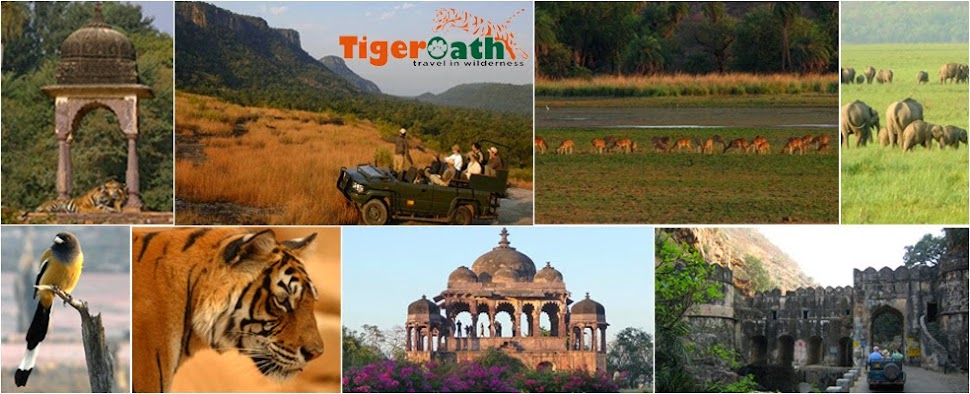Wouldn’t you love to go on an Adventure Wildlife Tour in
Tiger India and come face to face with the King of the jungle? Most of us must
have seen the well loved cartoon the Jungle Book written by the English Author Rudyard
Kipling in which the main characters were Mowgli – the man cub and Sher Khan –
the Royal Bengal Tiger. The inspiration of the book was taken from the jungles
of Kanha Wildlife Sanctuary by the author during his stay here in India.
But seeing a cartoon character and a real tiger is a
completely different experience in totality. Tigers are also found in zoos and
efforts are also made to increase their production by breeding them in
captivity. But don’t you think it is much better to see the tiger in its own
carefree territory rather than a caged environment.
The forest and wildlife departments organize safe and secure
wildlife safaris for tourists from India and other countries of the world. Some
come for the awe of the jungle, while some come for an educational trip, while
some come on photography expeditions, while some are just fond lovers of the
beautiful and natural flora and fauna that is found in the Indian
sub-continent.
Whatever
may be the reason, a boost in tourism helps in taking care of the wildlife and
also helps in the economic growth of the surrounding regions. So take time out
of your busy itineraries and visit the beautiful wildlife sanctuaries of Kanha
National Park, Bandhavgarh National Park, Ranthambore National Park and revel
in god’s beauty in the natural environment.














